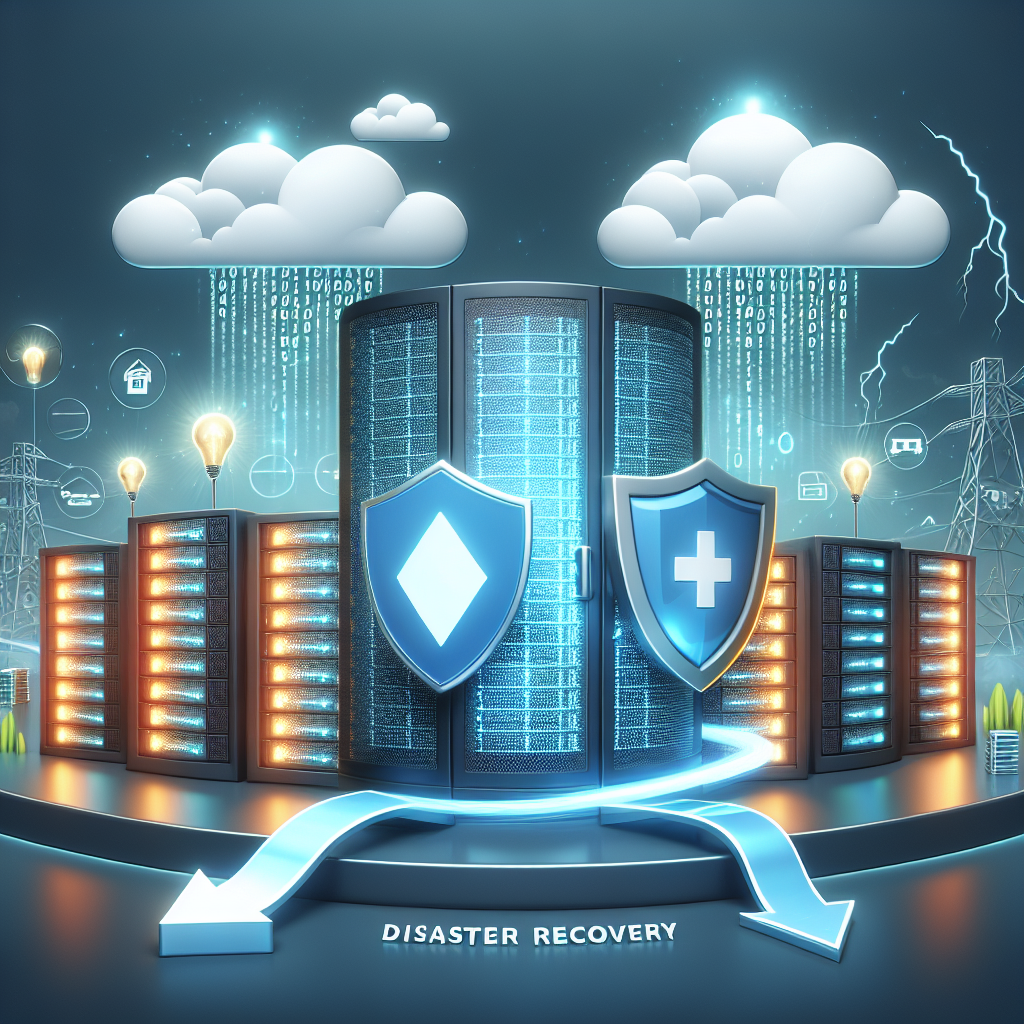Data center storage plays a critical role in disaster recovery planning, as it is essential to ensuring that data is safely stored and accessible in the event of a disaster. In today’s digital age, businesses rely heavily on data to operate and make informed decisions. As such, it is crucial to have a solid disaster recovery plan in place to protect this valuable asset.
Data center storage refers to the physical devices and infrastructure used to store data in a centralized location. This storage can take many forms, including hard drives, solid-state drives, and cloud storage. The data stored in these devices can include everything from customer information and financial records to business-critical applications and software.
In the event of a disaster, such as a natural disaster, cyberattack, or hardware failure, data center storage plays a key role in ensuring that data is safe and accessible. By having a robust disaster recovery plan in place, businesses can minimize downtime, prevent data loss, and protect their reputation.
One of the primary functions of data center storage in disaster recovery planning is data replication. Data replication involves creating copies of data and storing them in multiple locations. This ensures that if one storage location is compromised, there are backup copies available to restore data from. By utilizing data replication, businesses can minimize the risk of data loss and ensure that critical information is always accessible.
Another important aspect of data center storage in disaster recovery planning is data backup. Data backup involves regularly creating copies of data and storing them securely. These backups can be stored on-site, off-site, or in the cloud. By maintaining regular backups, businesses can quickly restore data in the event of a disaster and minimize the impact on operations.
Data center storage also plays a role in disaster recovery testing and verification. Regularly testing and verifying disaster recovery plans ensures that data is being properly backed up and stored. This testing can help identify any weaknesses in the plan and allow businesses to make necessary adjustments to improve their disaster recovery capabilities.
In conclusion, data center storage is a critical component of disaster recovery planning. By utilizing data replication, backup, and testing, businesses can protect their data and ensure that it is safe and accessible in the event of a disaster. With the increasing reliance on data in today’s business environment, having a solid disaster recovery plan in place is essential to safeguarding this valuable asset.


Leave a Reply